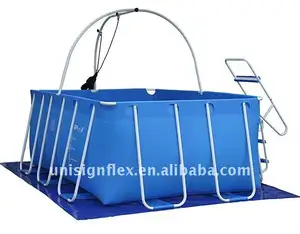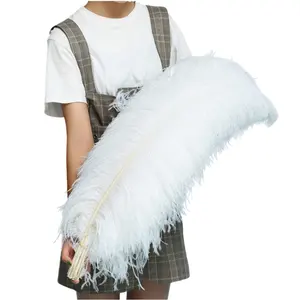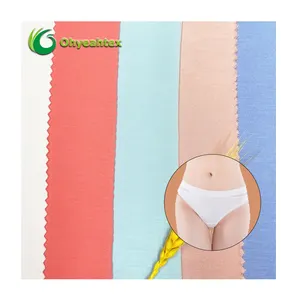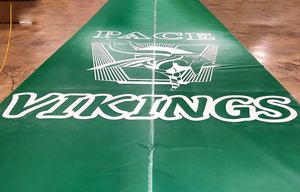Popular in your industry

























































































































































 Ready to Ship
Ready to Ship





































































Top categories
About tarps for roof
Introduction
In the face of roof damage, a quality tarp can be your first line of defense, providing a temporary yet effective solution to protect your home from further harm. This guide will delve into the importance of roof tarps, the criteria for selecting the best ones, and the top 5 tarps for roofs in 2023. We'll also provide a detailed review of each tarp, highlighting their features, pros, and cons, and guide you on how to properly install and maintain your roof tarp. Whether you're preparing for a storm, dealing with the aftermath, or simply want to be ready for any eventuality, this guide will equip you with the knowledge you need.
Understanding the Importance of Roof Tarps
Roof tarps are crucial when roof damage occurs. They serve as an efficient means of protecting your roof until a professional can correct the issue. There are two primary reasons to use a roof tarp. Firstly, it shields from additional damage, and secondly, your insurance company may require it to mitigate damage. Failure to do so may lead to a denial of your claim. Therefore, tarping your roof is not only a protective measure but also a requirement that could impact your insurance claim.
Criteria for Selecting the Best Roof Tarps
Choosing the right roof tarp is crucial, with many types available in the market. The most common types include Poly Tarp, Canvas Tarp, Vinyl Tarp, and PVC Tarp, each with unique features and applications. When selecting a tarp, consider its resistance to natural calamities, size, mildew resistance, ease of use, and rust resistance. Lighter tarps may not protect against heavy storms, so higher-density tarps are recommended. Ensure the tarp is larger than the area to be sheltered and that it's water-resistant to prevent mold. Also, check that the inlets are rust-resistant.
Top 5 Tarps for Roof in 2023
In 2023, the top 5 tarps for roofs are renowned for their durability, waterproof capabilities, and ability to withstand harsh weather conditions. They are perfect for keeping your roof safe and dry.
1. Heavy Duty Tarp Cover 16x20ft: Features, Pros, and Cons
This versatile and high-quality tarp is designed for various outdoor applications. It's made from durable 68D polyester ripstop fabric, ensuring its lightweight and waterproof properties. The tarp weighs just over 1.5 lbs and features 16 reinforced guy-out points, making it ideal for use as a primitive shelter or a gathering point. Its light color allows for more ambient light to pass through while offering sun protection. For added versatility, it can be paired with Adjustable Tarp Poles.
2. Heavy Duty Waterproof Tarp 10x12: Features, Pros, and Cons
This versatile and lightweight tarp is perfect for various applications including roofing. It's made from 30-denier, 1.1 oz. parachute, rip-stop nylon impregnated with silicone, enabling it to withstand heavy rainstorms. The tarp features 16 nylon webbing loops for secure attachment and a ridge-line seam for added strength. It's available in olive, yellow, or gray, and weighs just 14 oz. Despite extensive use, the tarp maintains its quality. However, it doesn't include stakes or guy lines, and the stuff sack is a tight fit.
3. Polyester Waterproof Tarp: Features, Pros, and Cons
This tarp is a standout choice for temporary roofing. Its benefits include being odorless, which is a plus for outdoor events. Weighing 15 ounces, it's not the heaviest, but it's twice as durable as a canvas tarp, making it ideal for harsh conditions. It comes in seven colors and sizes ranging from 5 x 7' to 30 x 30'. This tarp's durability and versatility make it a reliable choice for various needs.
4. Heavy Duty Waterproof Tarp (Green/Black): Features, Pros, and Cons
This tarp is a top choice for roof tarps in 2023. It's known for its spaciousness, providing ample coverage for your roofing needs. Despite its size, it's surprisingly lightweight, making it easy to handle during installation. It's also water-resistant, a crucial feature for a roof tarp to protect against rain and other weather elements. However, it's worth noting that this tarp doesn't come with its own poles, so you'll need to provide those separately. Despite this minor inconvenience, its overall performance and durability make it a worthy investment for your roofing needs.
5. Ultralight Weather Shelter: Features, Pros, and Cons
This lightweight tarp, weighing just 10 ounces, makes it ideal for long treks or mountaineering expeditions. Despite its light weight, it's reliable enough to keep you dry in downpours when set up in an A-frame arrangement. It can also be stretched out to maximize the coverage area for sun protection. However, due to its lightweight fabric and hardware, it can be a bit fragile, with some users reporting tears at the guyline attachment points during strong winds.
How to Properly Install and Maintain Your Roof Tarp
Tarping a roof is a temporary solution that protects your home from the elements. Begin by assessing the damage and clearing debris. Measure the damaged area to select the correct tarp size. Ensure the tarp is properly positioned and secured to withstand windy or stormy conditions. Regularly inspect and repair your roof to avoid additional damage. Remember, roof tarping is a temporary solution, and professional repair should be sought.
Conclusion: Choosing the Right Tarp for Your Needs
Choosing the right tarp for your roof is a critical decision that can significantly impact the protection of your home. Each tarp offers unique features and benefits. Your choice should be guided by factors such as resistance to natural calamities, size, mildew resistance, ease of use, and rust resistance. Remember, while tarps provide a temporary solution, they are not a substitute for professional repair. Regular inspection and maintenance of your roof are essential to prevent further damage. Armed with this guide, you're now ready to make an informed decision and protect your home effectively.





























